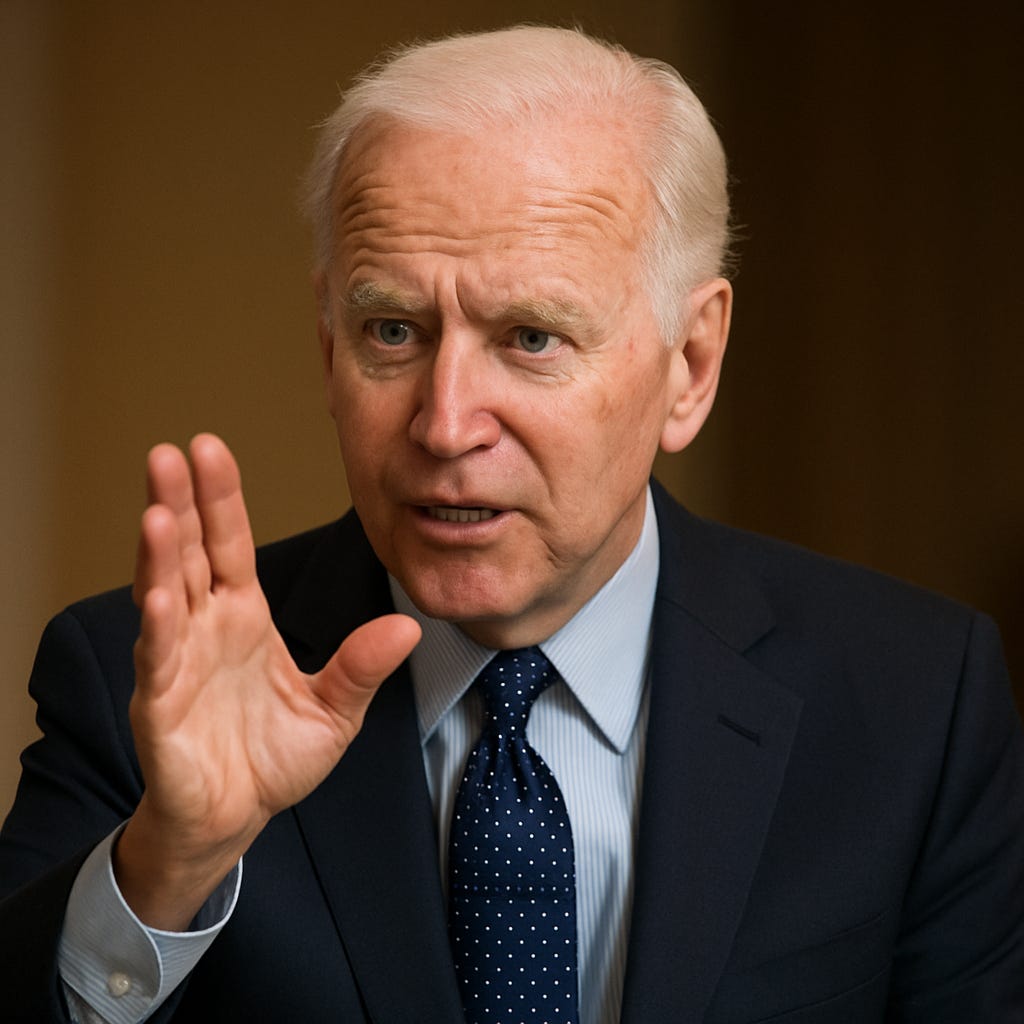Look: The Quiet Power Move That Starts a Thousand Sentences
Four letters. Infinite tone. Total control.
“Look, I’ve been thinking about this.”
With that one word—look—you’ve already changed the mood of the conversation. You’ve claimed attention. Shifted the balance. Established a frame.
This isn’t small talk anymore. This is the part that matters.
That’s the magic of look. It’s not just a word—it’s a signal. It says: Now I’m going to tell you how it really is.
And depending on who’s using it and how, look can wear many masks: confident, soothing, blunt, frustrated, diplomatic, even domineering.
A Tour Through Six Tones of “Look”
Let’s break it down. Same word, six different vibes:
1. Joe Biden (assertive, conversational)
“Look, I’ve been doing this a long time. I know what works.”
Tone: Folksy authority. It says “Trust me, I’ve been around.”
2. Barack Obama (measured, clarifying)
“Look, nobody’s saying it’s going to be easy. But we can’t afford to do nothing.”
Tone: Calm, rational, but still a pivot to his framing of the issue.
3. Donald Trump (blunt, dismissive)
“Look, it’s a disaster. Everybody knows it.”
Tone: Bludgeoning. The “look” here is almost accusatory.
4. Your coworker (trying to end an argument)
“Look, I just don’t have time for this right now.”
Tone: Boundary-setting. “This conversation is over.”
5. Your friend (softening a disagreement)
“Look, I get what you’re saying, but I really don’t agree.”
Tone: Diplomatic. “Look” makes the disagreement feel less harsh.
6. Media or debate moderator (shifting gears)
“Look, we’re getting off track here. Let’s focus.”
Tone: Managerial. Trying to regain control.
Same opener, six totally different moves. That’s the versatility of look. It doesn’t dictate meaning—it frames it.
Why We Use It
People reach for look when they want to:
Re-center the conversation
Assert their position
Deliver a truth bomb
Make a pivot feel natural
End the debate without saying “shut up”
It’s efficient. It feels spontaneous. It sounds like clarity—even if what follows isn’t all that clear.
And it travels well. “Look” works in a press conference or a kitchen argument. It carries body language even in text. You can feel the pause, the eye contact, the lean-in.
Not Just a Power Play
Not all uses are about domination. Sometimes, look is a bridge:
“Look, I know it didn’t go the way we hoped. But I’m still with you.”
Here it carries empathy. It says, I’m with you in this moment. Not a power move—more like a hand on the shoulder.
Used skillfully, look can open up conversations instead of shutting them down.
Final Word
“Look” is small but mighty. A pressure valve. A reset button. A velvet hammer.
The next time you hear it, don’t skip past it. That’s the moment the speaker is saying: I’m stepping into the driver’s seat now.
Just be sure—when it’s your turn—you know where you’re going.


Less trust than ever for these looky-loos.